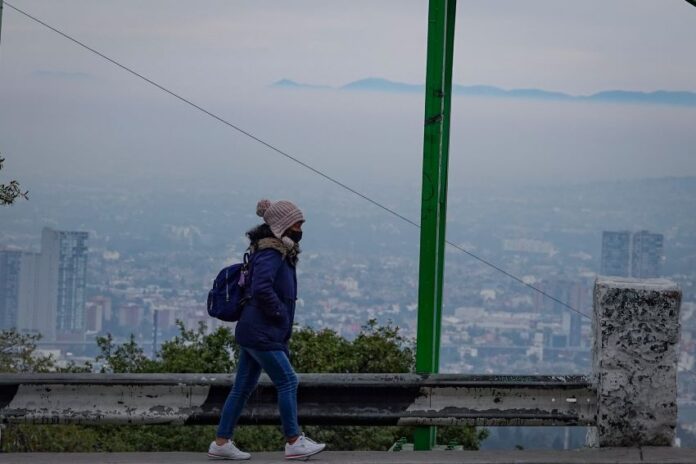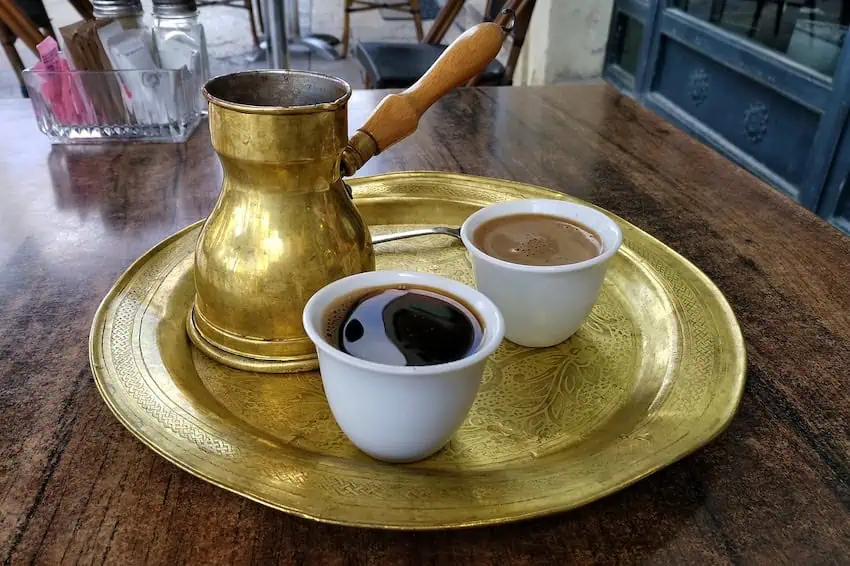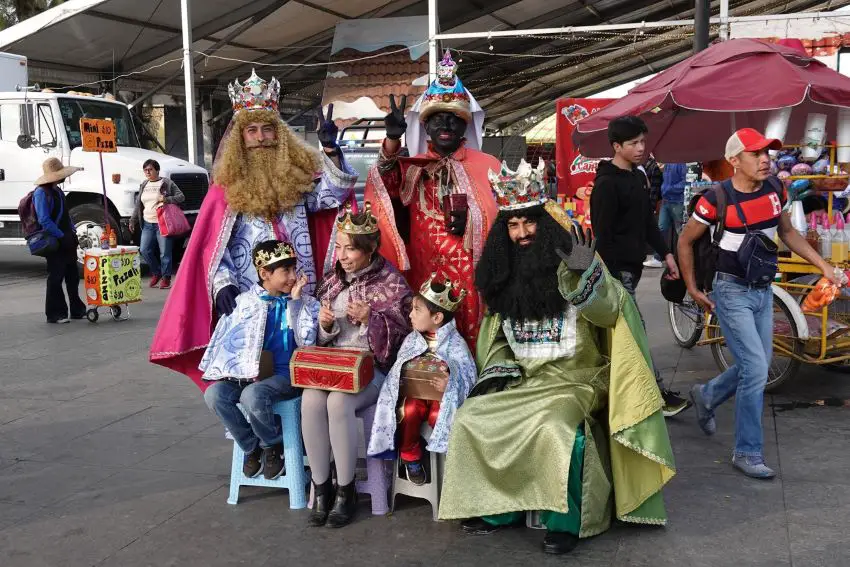President Claudia Sheinbaum’s approval rating in December hit its highest level since she took office on Oct. 1, according to the results of an El Financiero newspaper poll.
Of 800 Mexican adults polled by El Financiero in mid- and late December, 78% said they approved of Sheinbaum’s performance as president.
The newspaper’s October and November polls detected approval ratings for Mexico’s first female president of 70% and 69%, respectively.
The increase in the president’s popularity in December coincided with a rise in the number of poll respondents who opined that the federal government is doing a good job managing the economy, combating corruption, addressing security problems and providing support for citizens (see below).
It also coincided with an increase in the number of those polled who rated Sheinbaum positively for her honesty, leadership and capacity to achieve results (also see below).
The percentage of El Financiero poll respondents who said they disapproved of Sheinbaum’s performance as president declined to 18% in December from 23% in November and 24% in October.

The publication of the poll results on Monday comes ahead of Sheinbaum’s 100th day in office this Thursday, and two weeks before Donald Trump is sworn in as the United States’ 47th president.
Sheinbaum’s capacity to effectively manage Mexico’s relationship with the United States, and stand up for the country’s interests in the face of pressure that will likely be exerted by Trump, will no doubt have an impact on Mexicans’ perceptions of her performance as president this year.
More than one-third of Mexicans pleasantly surprised by Sheinbaum’s presidency
Just over four in 10 poll respondents — 42% — described the federal government under Sheinbaum’s leadership as “just as they expected,” while 36% said it had been “better than expected.”
Only 16% of those polled said that the government had been “worse than they expected.”
Sheinbaum an honest and capable leader, according to a strong majority
Exactly three-quarters of respondents rated Sheinbaum positively for her “honesty,” while 74% offered a “very good” or “good” assessment of her leadership. Two-thirds of those polled — 67% — rated her “capacity to achieve results” highly.
All of those percentages increased compared to both November and October.
Welfare programs a key to government’s popularity
Almost four in five respondents — 79% — said the government is doing a “very good” or “good” job in providing “social support” to Mexican citizens.
The Sheinbaum administration has continued all of the previous government’s popular welfare programs, and created new ones — a scholarship scheme for public school students and a pension program for women aged 60-64.
The percentage of poll respondents who viewed the government’s provision of social support in a positive light is nine points above the level recorded in both October and November.
Two-thirds of Mexicans happy with the government’s management of the economy
Although economic growth in Mexico slowed in 2024, 66% of poll respondents said that the federal government is doing a “very good” or “good” job managing the economy.
That figure was up 10 points compared to November and 22 points compared to October.
A key aim — and oft-repeated maxim — of the federal government is “shared prosperity,” i.e. an economy in which wealth is shared more equitably.
(Mexico has high levels of income inequality, although the situation has improved in recent years.)
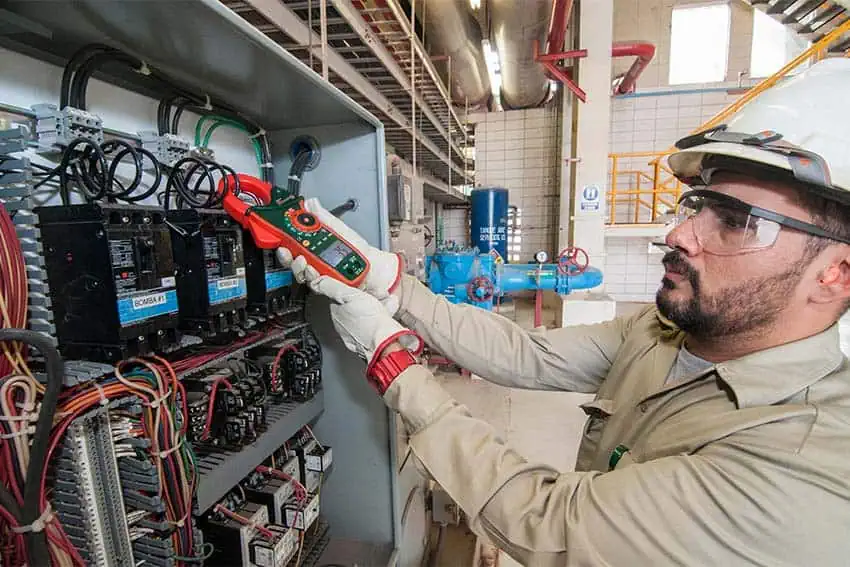
One way in which the government hopes it will achieve its goal of “shared prosperity” is by spreading investment more equitably across Mexico via the creation of new industrial corridors spanning all 32 federal entities.
A minority of Mexicans satisfied with government’s efforts to combat insecurity and corruption
While the percentage of El Financiero poll respondents who said that the government is doing a “very good” or “good” job in reducing corruption, responding to public security challenges and combating organized crime increased in December compared to previous months, it remains low.
Three in 10 of those polled — exactly 30% — rated the government’s anti-corruption efforts positively, up from 21% in October and 28% in November. However, 55% of the 800 respondents said that the government is doing a “very bad” or “bad” job in tackling the scourge that has plagued Mexico for decades.
Sheinbaum has argued that the election of judges later this year will reduce corruption in Mexico’s judiciary. She has also portrayed the elimination of seven autonomous government agencies as an anti-corruption measure. However, many citizens evidently believe that more needs to be done to reduce corruption in Mexico.
With regard to the response to public security challenges — including Sinaloa Cartel infighting that has claimed hundreds of lives in Sinaloa — 42% of poll respondents said the government is doing a “very good” or good” job, up from 28% in October and 40% in November. The government presented a new security strategy last October, and has touted early successes including large drug seizures and thousands of arrests.
However, violence remains a major problem in various parts of Mexico, and combating it will be a major challenge for the Sheinbaum administration in 2025.
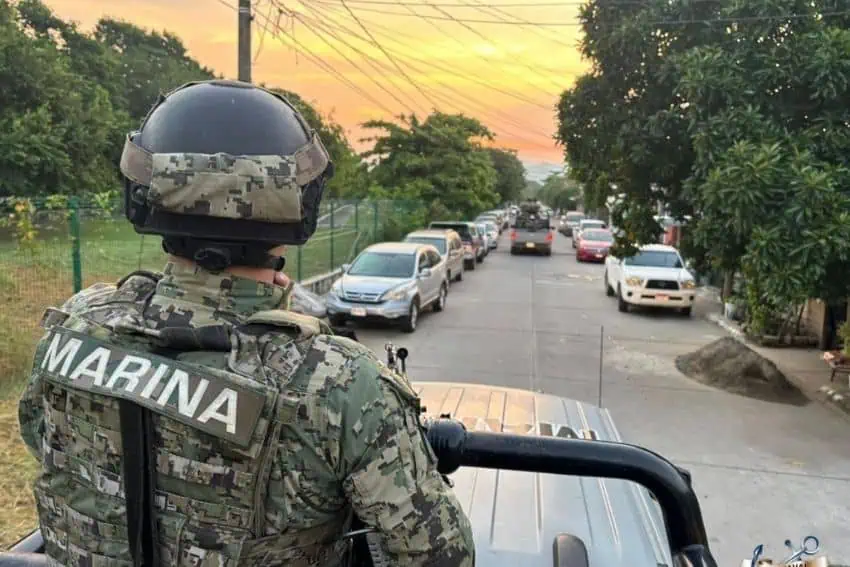
Just 23% of those polled by El Financiero in December said that the government is doing a “very good” or “good” job at combating organized crime in Mexico, an illicit — and lucrative — sector dominated by organizations such as the Sinaloa Cartel and the Jalisco New Generation Cartel.
While that figure is up from 16% in October and 19% in November, it is well below the 64% of poll respondents who said in December that the government is doing a “very bad” or “bad” job at combating organized crime.
Mexico’s biggest problem is …?
Almost seven in 10 of those polled — 68% — said that insecurity is Mexico’s “main problem.” El Financiero noted that that percentage is the highest in the past two years.
Corruption was identified as the country’s biggest problem by 10% of respondents, while the same percentage said that the economy and unemployment was the primary concern in Mexico.
El Financiero also asked respondents to offer an opinion on Sheinbaum’s morning press conference, known as mañaneras. Just over six in 10 of those polled — 62% — had a positive opinion of the weekday pressers, while 15% expressed dislike for them and 11% were neutral, saying they were “neither good nor bad.”
With reports from El Financiero

